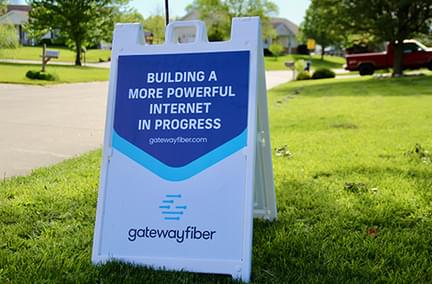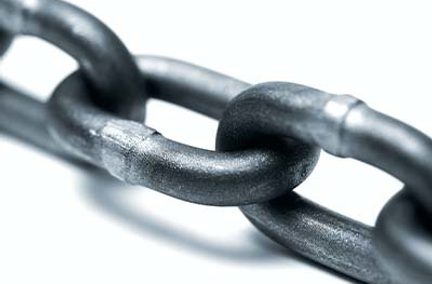Symmetrical Internet Speed: Why It Matters
Jul 8, 2021 | Home Technology, Business Internet
You’ve probably heard all the talk in the internet world about upload speeds and download speeds. But what does it all mean? And why does it matter? Most importantly, what does your internet service provider offer?
Upload/Download Speeds Explained
Let’s start with some basic terminology. “Uploading” is sending data from your device, such as emailing, social posting, or interacting on your side of a video conference, while “downloading” is receiving data from another device, like watching the latest cat video. Sounds simple enough. But often the two are happening simultaneously, which is one of many reasons upload and download speeds matter.
Have you ever noticed you can watch a video someone else posted on social immediately with no lag or buffering, but when you upload your video to your page, it takes longer, sometimes a lot longer? That’s called asymmetrical speed, an imbalance where one action is slower than the other. With most internet providers, uploading is slower than downloading because they don’t want the video you are watching to lag, but uploading speed is less critical.
But with symmetrical speed, both upload and download are identical, meaning your file is uploading as fast as another download. The only reason your upload might take longer than download now is something the social media or video platform itself puts in place to limit speeds on their end, perhaps to screen for content that violates their community standards before it goes live.
Remote Work/School

One lesson from the past year is how vital internet connection is for employees and students using Zoom and other video conference systems daily. This sudden influx of video and audio proved taxing on the internet as a whole and particularly on non-fiber service providers because of the imbalance between upload and download speeds on the legacy copper system. But users on symmetrical fiber-based networks experienced clearer, more consistent video conferencing with minimal lag and freezing.
Content Creation
Are you a YouTube content creator? Do you upload content to social media? Upload speed directly impacts how fast your content goes online. If you upload podcasts, videos, or other online content, faster is better. For example, large video files – whether large because of length or super high resolution, such as 4K – can take several minutes to upload on traditional internet. You don’t want to wait for that, especially if you’re uploading multiple files. With higher speed uploads, a file that might take 15 minutes on a copper system could be up and ready in about 90 seconds on fiber, depending on what speed plan you select.
File Upload to the Cloud
Whether you’re an individual working from home, a small business with a handful of employees, or a major corporation, chances are your files are stored in the cloud. Accessing them and adding more require a consistently fast internet connection. With slower copper connections, productivity slows as files can’t go up or down from the cloud as fast. While this may seem like a minor annoyance at first, over time, it can turn into a significant issue of lost productivity as uploaded files bog down.
Gaming

This might be the pinnacle example of why symmetrical speed is so important. Online gaming requires fast upload and download speeds simultaneously because high-resolution graphics take up a ton of bandwidth. Slow games equal lost games, and nobody wants to be a loser. With symmetrical speed, you can stay ahead of your loser opponents who didn’t upgrade their internet connection.
Multiple Users
If you’re anything like the average family, you probably have multiple family members using the internet at the same time across a range of devices. From laptops to tablets to phones to smart TVs, everyone needs a high-speed connection. And they all need it at the same time, each one taking up a big chunk of bandwidth. For example, Netflix tells subscribers they need at least 25 Mbps download speed for Ultra HD 4K streaming. While traditional copper or cable internet can often handle loads that big, it gets harder when Netflix is not the only device vying for the internet connection or when someone else wants to watch 4K on the spare account. All the bandwidth symmetrical fiber internet offers to provide better connectivity for everyone without slowing down. In addition, the large files you’re uploading or downloading won’t bog down the network.
Smart Home Devices
Homes are getting smarter, with more devices run by an internet connection. Doorbells now alert you when you’re away, with tiny cameras that show you exactly who or what is on your front porch. Home surveillance is gaining popularity, with cameras installed on the outside and inside of homes. All these video devices stream what they see to your smartphone. The higher the camera’s resolution, the more data it uploads at once, potentially taxing an older internet system. Symmetrical internet provides a wide buffer that erases lag, so you’ll see what’s happening as it’s happening.
Equal is Better
No matter how you use your internet or how many people use it at once, symmetrical speeds are better. This is why every level of Gateway’s internet offering includes symmetrical speeds to provide the best experience for everyone.
- fiber optic internet
- symmetrical speeds
- upload speed
- download speed






